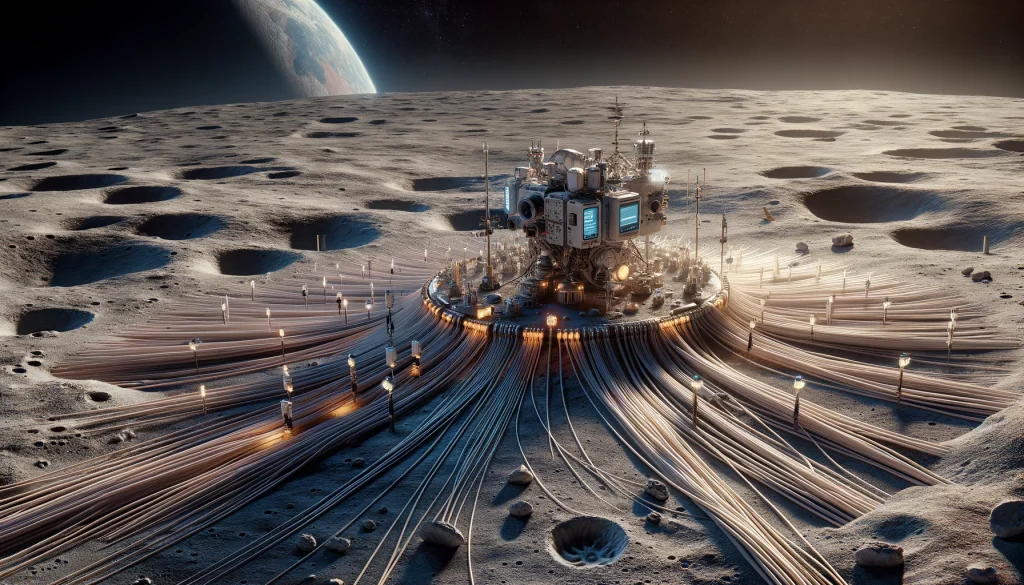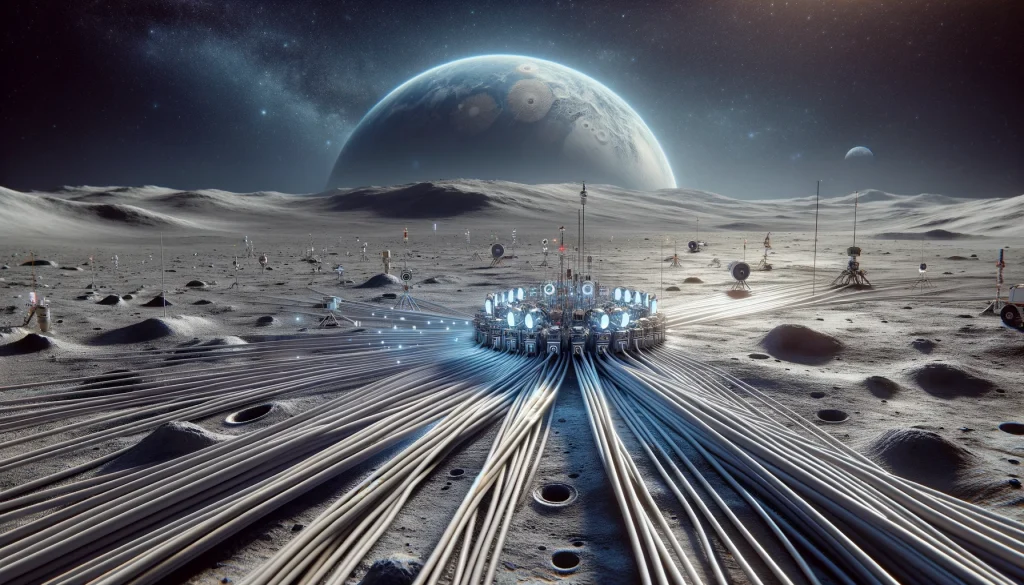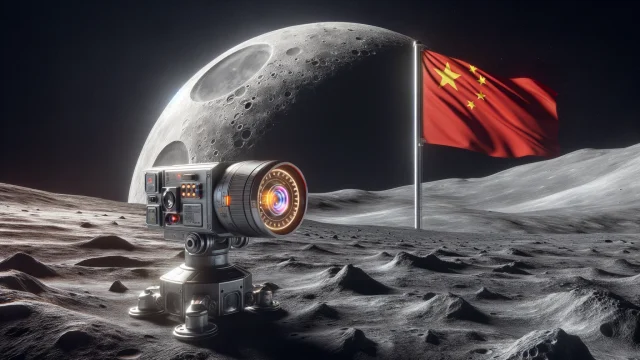As human activity on the moon increases, infrastructure proposals for further exploration are being developed. One of these is the suggestion to install a fiber optic network focused on the moon’s seismology. This concept aims to enable more detailed examination of seismic activity detected by seismometers placed on the lunar surface.
A New Step in Lunar Seismological Exploration: Fiber Optic Network Installation
Seismometers placed on the moon’s surface by Apollo astronauts decades ago have recorded significant seismic activity. Recent data analyses reveal that the moon frequently experiences medium to severe surface quakes.

Due to low gravity, these quakes can last for hours, and even mild tremors can lead to serious landslides. The proposed fiber optic network aims to significantly expand our ability to record and map the moon’s seismic activity using a new array of sensors.
Scientists are not yet certain about the causes of lunar quakes, but one theory suggests they result from the moon shrinking due to a cooling core. The fiber network could provide clearer insights into the size and properties of the core.
Innovative Technology and Its Challenges
The process of Distributed Acoustic Sensing (DAS) could allow real-time, continuous measurements along tens of kilometers of cable by utilizing Rayleigh scattering caused by refractive index fluctuations in the fibers.

However, deploying DAS cables presents a significant challenge. Researchers suggest that this task could be accomplished by either autonomous vehicles or Artemis astronauts. Future infrastructure projects on the moon include various plans, from nuclear reactors to roads and landing strips.
These include other infrastructure projects like NASA’s plan to build a radio telescope in a crater on the dark side of the moon. A better understanding of the moon’s seismology could enhance the safety and efficacy of future lunar missions.

The installation of this fiber network represents a new era in space exploration and lunar research. What are your thoughts on this development? How will studying the moon’s seismology impact future space missions? Don’t forget to share your views!














